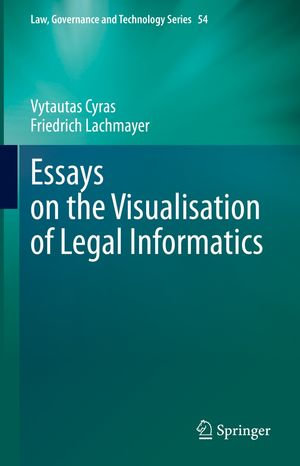
eTEXT
Essays on the Visualisation of Legal Informatics
By: Vytautas Cyras, Friedrich Lachmayer
eText | 18 May 2023
At a Glance
eText
$259.01
or
Instant online reading in your Booktopia eTextbook Library *
Read online on
Desktop
Tablet
Mobile
Not downloadable to your eReader or an app
Why choose an eTextbook?
Instant Access *
Purchase and read your book immediately
Read Aloud
Listen and follow along as Bookshelf reads to you
Study Tools
Built-in study tools like highlights and more
* eTextbooks are not downloadable to your eReader or an app and can be accessed via web browsers only. You must be connected to the internet and have no technical issues with your device or browser that could prevent the eTextbook from operating.
ISBN: 9783031279577
ISBN-10: 3031279573
Series: Law, Governance and Technology Series : Book 54
Published: 18th May 2023
Format: ePUB
Language: English
Publisher: Springer Nature
Volume Number: 54
You Can Find This eBook In
This product is categorised by
- Non-FictionLawJurisprudence & General Issues
- Non-FictionLawLaws of Specific JurisdictionsEntertainment & Media Law
- Non-FictionComputing & I.T.Computer ScienceArtificial Intelligence
- Non-FictionLiterature, Poetry & PlaysHistory & Criticism of LiteratureLiterary Theory
- Non-FictionComputing & I.T.Information Technology General IssueLegal Aspects of IT
- Non-FictionReference, Information & Interdisciplinary SubjectsInterdisciplinary StudiesSemiotics & Semiology
- Non-FictionLawLaws of Specific JurisdictionsIT & Communications Law
- Non-FictionLawLaws of Specific Jurisdictions
- Non-FictionComputing & I.T.Computer Science
























